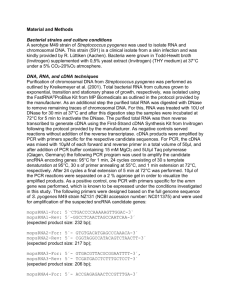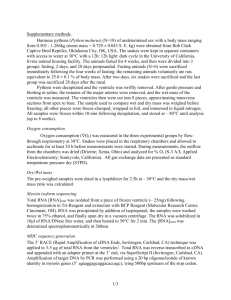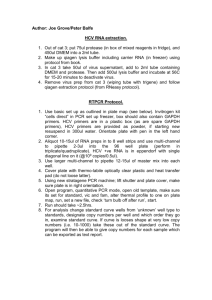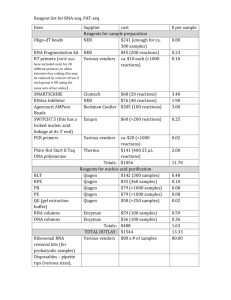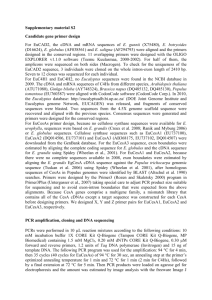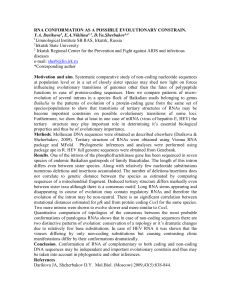tpj12284-sup-0002-MethodS1
advertisement
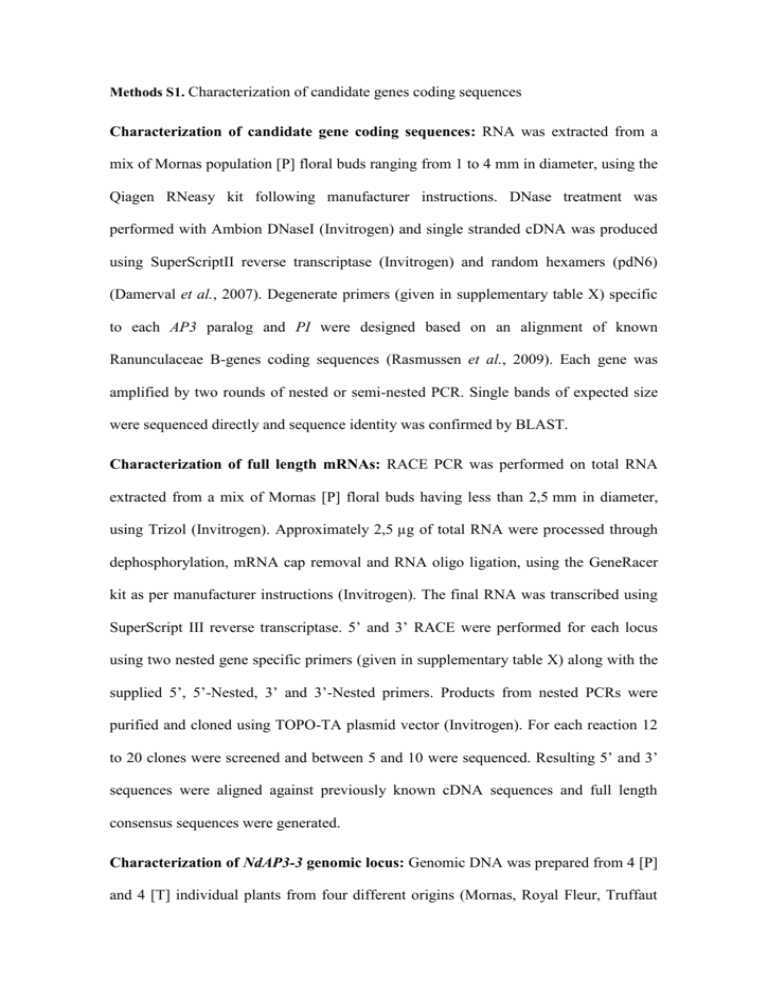
Methods S1. Characterization of candidate genes coding sequences Characterization of candidate gene coding sequences: RNA was extracted from a mix of Mornas population [P] floral buds ranging from 1 to 4 mm in diameter, using the Qiagen RNeasy kit following manufacturer instructions. DNase treatment was performed with Ambion DNaseI (Invitrogen) and single stranded cDNA was produced using SuperScriptII reverse transcriptase (Invitrogen) and random hexamers (pdN6) (Damerval et al., 2007). Degenerate primers (given in supplementary table X) specific to each AP3 paralog and PI were designed based on an alignment of known Ranunculaceae B-genes coding sequences (Rasmussen et al., 2009). Each gene was amplified by two rounds of nested or semi-nested PCR. Single bands of expected size were sequenced directly and sequence identity was confirmed by BLAST. Characterization of full length mRNAs: RACE PCR was performed on total RNA extracted from a mix of Mornas [P] floral buds having less than 2,5 mm in diameter, using Trizol (Invitrogen). Approximately 2,5 µg of total RNA were processed through dephosphorylation, mRNA cap removal and RNA oligo ligation, using the GeneRacer kit as per manufacturer instructions (Invitrogen). The final RNA was transcribed using SuperScript III reverse transcriptase. 5’ and 3’ RACE were performed for each locus using two nested gene specific primers (given in supplementary table X) along with the supplied 5’, 5’-Nested, 3’ and 3’-Nested primers. Products from nested PCRs were purified and cloned using TOPO-TA plasmid vector (Invitrogen). For each reaction 12 to 20 clones were screened and between 5 and 10 were sequenced. Resulting 5’ and 3’ sequences were aligned against previously known cDNA sequences and full length consensus sequences were generated. Characterization of NdAP3-3 genomic locus: Genomic DNA was prepared from 4 [P] and 4 [T] individual plants from four different origins (Mornas, Royal Fleur, Truffaut and Vilmorin) using DNeasy Plant Mini kit (Qiagen). Gene specific forward and reverse primers (Table S2) were designed to fit regions predicted to fall within exons 1 and 7 respectively, based on an alignment of N. damascena coding sequences and related species Aquilegia coerulea genomic sequence for the homologous locus. PCR products were sequenced and the obtained sequences were aligned and their identity verified by aligning against previously known CDS.


